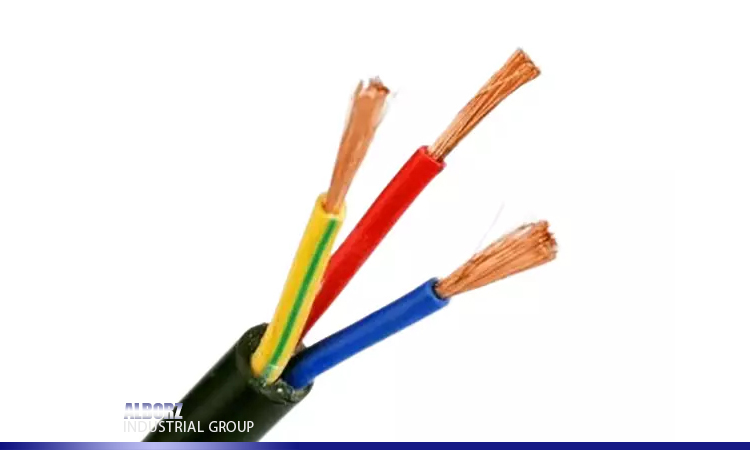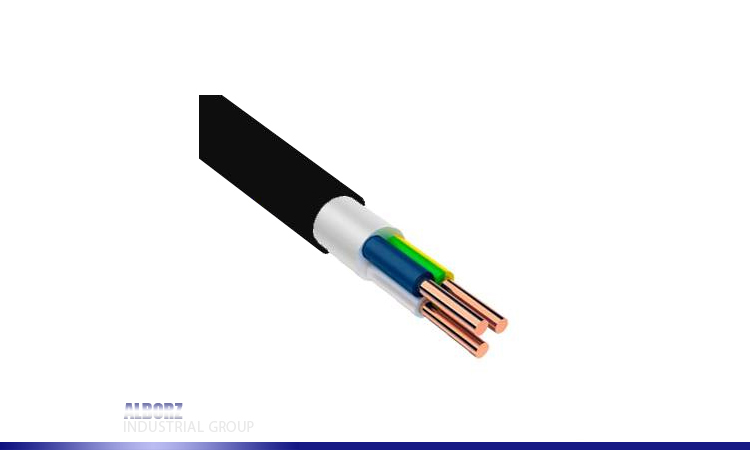Three-phase power cables play a vital role in power distribution and transmission systems.
Selecting the appropriate type of three-phase power cable based on technical, economic, and environmental factors is extremely important. This article examines and compares the different types of three-phase power cables.

These cables are made from materials such as copper and aluminum. They are suitable for small to medium applications and are used as power distribution cables in urban and rural areas. They typically have an average service life and can carry medium loads. You can also use trunking systems to organize your cables.
These cables include an insulation layer to prevent direct contact of conductors with the external environment. The insulation can be PVC, XLPE, or other materials. Insulated cables can carry heavier loads and have better resistance to environmental conditions. They are widely used in industries and high-pressure areas.
These cables are designed for transmitting electricity under water. Their design and construction are highly complex to resist environmental factors such as water pressure, temperature changes, and chemical exposure. Submarine cables are used for energy transmission between continents and as electrical connections in offshore power plants.
Overhead cables are uninsulated three-phase transmission systems. They are used as long-distance open-air power transmission lines. These cables require suspension and supporting towers and are usually employed to carry electricity from power plants to substations or cities.

In recent years, research and technological progress in three-phase power cables have led to the development of new, advanced types. For example:
Despite technological advances, challenges remain in the use of three-phase power cables:

Three-phase power cables come in different types depending on needs and application conditions, each with its own pros and cons. With technological progress and ongoing research, significant improvements have been made in performance, efficiency, and durability. Choosing the right cable according to technical, environmental, and economic factors is essential.
For example, in regions requiring high-load transmission, insulated or submarine cables can provide better efficiency and lower energy loss. In contrast, in underdeveloped or mountainous areas, overhead cables may be the more practical choice.
Three-phase power cables are used to transmit electrical energy from generation sources to various applications. They are important because of their ability to carry higher loads, improve efficiency in power transmission, and transfer electricity over long distances.
Materials such as copper and aluminum are commonly used. Copper is widely utilized due to its excellent conductivity and lower resistance to heat transfer, while aluminum is often used for long-distance transmission because of its lighter weight and cost-effectiveness.
The advantages include quicker installation, lower procurement and maintenance costs, and the ability to handle high loads. However, they require poles and supports for suspension, and their lifespan can be affected by environmental factors such as weather conditions.
Recent innovations include smart cables with monitoring and predictive features, thermal-resistant cables designed to manage heat, and cables engineered to withstand extreme temperature and environmental changes.
Important considerations include load-carrying capacity, resistance to environmental conditions, cost, transmission delay, as well as the technical, environmental, and economic requirements of the specific region.
Contact Infromation
Tehran, 18th km of Fath Highway, Tiba Industrial Complex, Negarestan Street, No. 98
Phone Number : 02146079801 – 0214749
All material and intellectual rights of this website belong to Alborz Industrial Group.